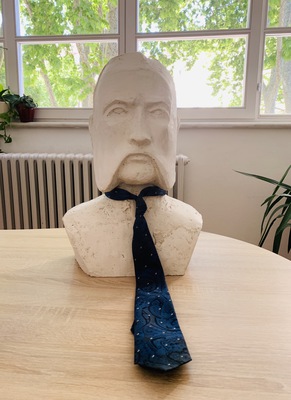The necktie (Cravat)
The cravat may not be a pure Croatian invention, since the history of wearing neckties dates back to the Roman empire, but the modern version of the cravat was widely popularised and spread throughout Europe by the Croats in the 17th century – more precisely during the Thirty Years' War (1618 – 1648).
Croatian mercenaries from the Croatian Military Frontier, enlisted in a French regiment during the reign of Louis XIII of France (r. 1610 – 1643), wore traditional scarves around their necks as a sign of identification. The always fashionable French immediately appreciated and quickly adopted this stylish accessory.
Even the famous Louis XIV of France (r. 1643 – 1715) adopted this fashion. The rest is history.
The word cravat (Croatian: kravata) originates from the French expression cravate, a misheard pronunciation of the French word Croate, meaning Croatian!
Cravats were mostly white until the 19th century when the English introduced a wide range of colours and different knotting styles. The Windsor knot, probably the most popular nowadays, was named after the Duke of Windsor – King Edward VIII (r. 1936), who preferred and popularised this style.
